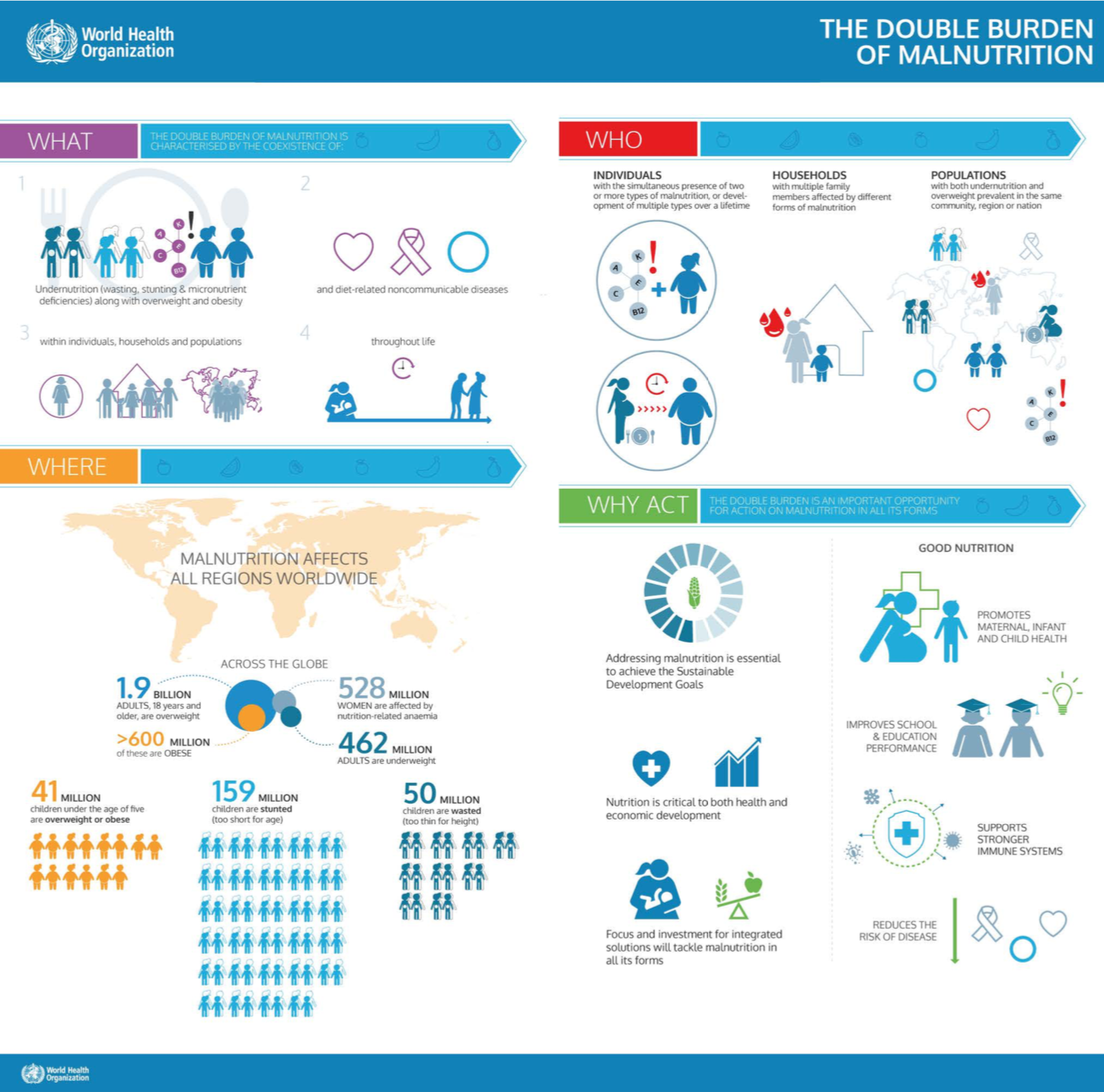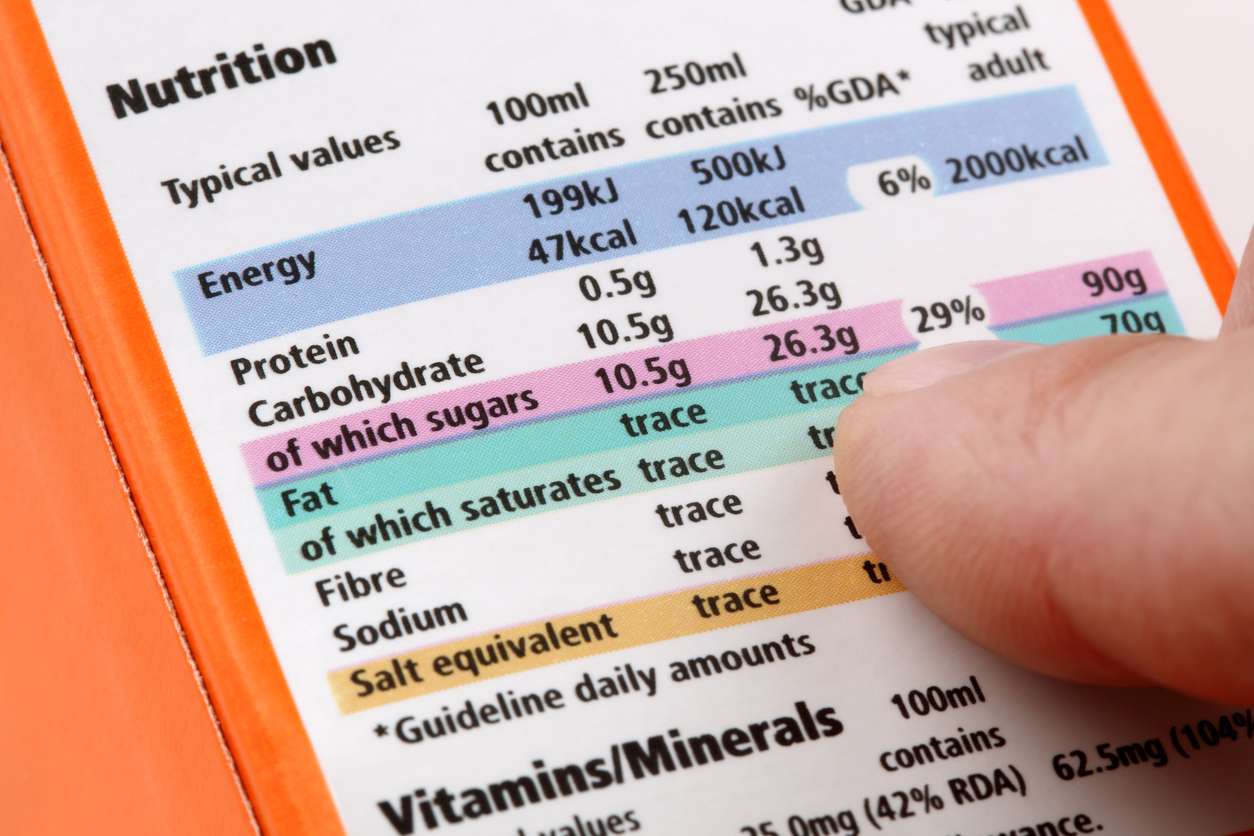Lorna Rothery spoke to Dr Julianne Williams, WHO/Europe Technical Officer, Special Initiative for NCDs and Innovation (SNI), about some of the key barriers to healthy eating for children and what can be done to support optimal nutrition, especially in schools
How significant are the roles of schools in supporting optimal nutrition during childhood?
Schools play an important role, especially because they are the setting where most children spend a good part of their day. Furthermore, schools provide access to children from all socioeconomic backgrounds, so they become a place where public health interventions can help promote health equity and reach the kids who could benefit most.
The role that schools play is sometimes described in terms of the ‘nutrition-friendly schools initiative,’ which describes the multiple levers that schools have for influencing healthy diets, ranging from providing healthy food to education about eating well to ways that staff can serve as role models.
What are the consequences of unhealthy, low-quality diets? How can healthy school meals impact children’s mental and physical health?
Unhealthy, low-quality diets contribute to the burden of malnutrition in all its forms, whether it is micronutrient deficiency or obesity or the co-existence of those forms of malnutrition within individuals, households or societies. The biggest cause of premature mortality in our region is noncommunicable diseases, and unhealthy diets contribute to these. In our region, 60% of adults and one in three school children live overweight or obese, and this contributes to the overall burden of disease in our region and jeopardizes our capacity to reach the sustainable development goals related to health, especially goal 3.4 related to the reduction of premature mortality from NCDs.

What are some barriers to healthy eating for children?
Barriers can be financial – we see in our COSI results and in many other studies globally that children from lower socioeconomic groups have poorer quality diets (more sweets, more processed foods, fewer fruits and vegetables, less breakfast consumption). It can also be biological – our biology is mismatched with our environments. Children – like all humans, are drawn to eat food that is high in calories. In the resource-scarce environment that our ancestors survived in, this was a helpful characteristic, but in the current environment – where there is an abundance of inexpensive, energy- dense food – this becomes a liability. Another barrier is the ways that food companies target children in their marketing strategies, often promoting unhealthy foods and beverages. Healthy eating must start early in life – babies should be breastfed for the first six months of life and up to two years and beyond. We are seeing that levels of breastfeeding are decreasing over time and that the number of companies that manufacture and advertise baby milk formulas is increasing.

What can be done to tackle food insecurity in under-served communities and vulnerable populations?
Healthy food can be expensive and time-consuming to prepare. Providing universal free school meals – with high nutrition standards – is one way to ensure that children receive at least one healthy meal a day. One of the WHO’s best buys is to tax sugary drinks, with evidence showing that this leads to decreases in the purchasing of these drinks – another policy lever which is currently under-utilized is the subsidization of healthy foods such as fruit, vegetables, etc. Governments also have an opportunity to work to implement front-of-pack food labelling, which can help consumers make healthy choices and, more importantly, encourage the reformulation of products to contain less salt, fat, and sugar. Countries should implement the international code of marketing of breastmilk substitutes, which protects families from the inappropriate marketing of baby milk formulas. It’s also important to give pregnant and postpartum women support for breastfeeding by having trained maternity staff to support this. Elimination of trans fats from the food supply is one of the most important things that governments can do, and we’ve seen in many countries that this is possible. Reduction of salt in foods is also important for improving healthy diets. When this is done at the population level (e.g. reformulation of products), this affects everyone, including underserved and vulnerable populations.











